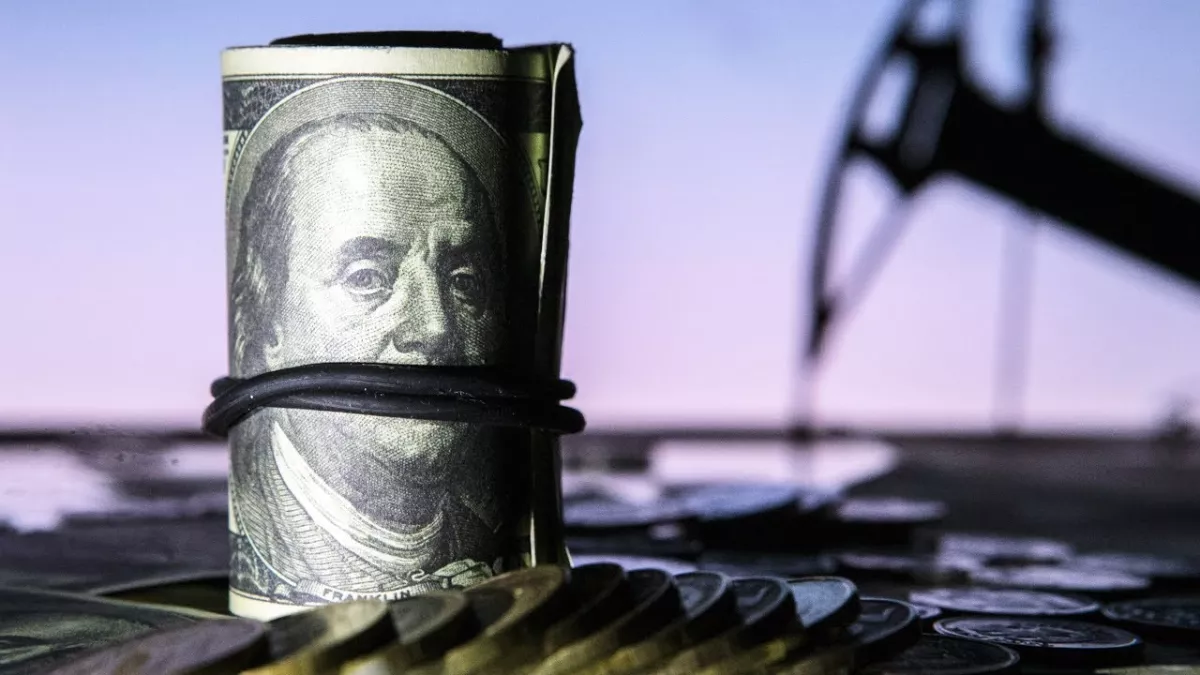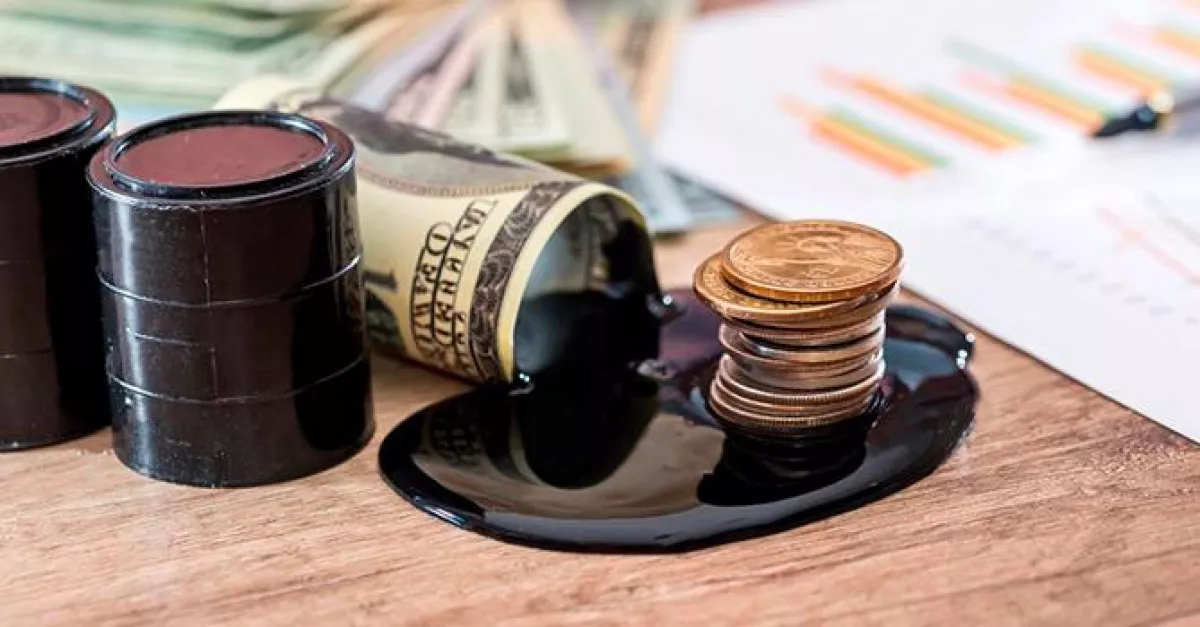A barrel under pressure Are Azerbaijan’s oil revenues at risk?
Since spring 2025, global oil markets have been under significant pressure due to economic stagnation and ongoing tariff disputes between the United States, China, and the European Union. Falling demand and other economic factors have reinforced bearish trends across major oil exchanges.
Temporary spikes in oil prices occurred during the Indo-Pakistani conflict in May and the 12-day Iran–Israel war in June. However, these gains were short-lived, as high market volatility quickly pushed prices back down.
In recent days, a renewed upward trend has emerged. Analysts point to several factors driving this recovery: relatively low production levels among OPEC+ countries, increased oil purchases by China, and heightened risks of military confrontation involving the United States, Iran, and Venezuela.
Since the end of last year, a key factor shaping oil prices has been the policies of the eight leading countries within the OPEC+ framework. These countries repeatedly debated gradually increasing oil production, arguing that higher supply would help meet growing global demand. According to Bloomberg, one option under consideration was a production increase of 411,000 barrels per day—three times higher than initial plans and roughly equivalent to 1% of OPEC+’s current output.
The cartel officially announced concrete production plans at the end of the first quarter of 2025. By April and May, oil prices had fallen sharply, hitting four-year lows. Notably, these OPEC+ decisions “coincidentally” aligned with the peak phase of the US-imposed trade and tariff wars.
Since then, oil prices have remained highly volatile, fluctuating between $60 and $67 per barrel throughout spring and summer. Temporary price spikes occurred during the Indo-Pakistani conflict in May and, more notably, during the 12-day Iran–Israel war in June, when August Brent futures reached a recent high of $81.4 per barrel. However, once these conflicts ended, prices fell sharply.
This trend is hardly surprising, as over 2.3 million barrels were added to the market since early May. Saudi Arabia led the production increase, recovering output lost under OPEC+ restrictions. In addition, several non-OPEC+ countries—including Brazil, Guyana, and Canada—also expanded their supply.

At first glance, such a sharp rise in supply might seem likely to drive prices down significantly. Yet so far, the effect has been relatively moderate, despite a potential global surplus of nearly 2 million barrels, according to the International Energy Agency (IEA). On October 8, Brent crude futures climbed to $65.96 per barrel, with analysts attributing part of the increase to ongoing supply constraints in the “black gold” market.
Recently, the American Petroleum Institute (API) reported that US commercial crude inventories rose by 2.78 million barrels for the week ending October 3. Despite this key market development, OPEC+ announced a smaller-than-expected production increase. Markets had anticipated a larger boost, particularly amid recovering output from Venezuela and Iraq.
Instead, OPEC+ opted to raise production in November by only 137,000 barrels per day—roughly in line with October’s increase—signalling that major producers such as Saudi Arabia are now more cautious about oversupply risks. Notably, Saudi Arabia had previously considered doubling or even tripling this figure to quickly reclaim lost market share. Ultimately, the cartel chose a compromise, implementing a moderate production increase to support oil prices.

Several other factors are also influencing oil prices, helping to offset excess supply and weak demand. According to Reuters, China has accelerated the construction of oil storage facilities across the country. In 2025 and 2026, state-owned companies, including Sinopec and CNOOC, plan to build around 11 facilities with a combined capacity of at least 169 million barrels.
Additionally, Beijing aims to increase its oil reserves to two billion barrels, enabling the country to cover roughly six months of consumption without imports. According to S&P Global Commodity Insights, by September 2025, China was already absorbing around 530,000 barrels per day, effectively soaking up excess global supply and supporting hydrocarbon market prices.
China’s oil consumption is unlikely to grow substantially this year, with most forecasts predicting only a modest increase of 50,000–100,000 barrels per day compared to 2024 levels. One of the key factors slowing demand is the rapid electrification of China’s vehicle fleet.
Nevertheless, Beijing continues to expand its oil reserves. Bloomberg analysts note that China, taking a long-term strategic view, is capitalising on the current period of relatively low oil prices to boost purchases. The Energy Law, which came into force on January 1, 2025, formally established the requirement for both state-owned and private companies to maintain strategic reserves for the first time.
This approach reflects China’s focus on strengthening its energy security—particularly since about a quarter of its oil imports come from countries under US sanctions, including Iran, Russia, and Venezuela. Beijing’s efforts to diversify its energy assets amid trade tensions and sanctions appear well founded, especially in light of recent reports about the concentration of US air and naval forces and the growing risk of renewed confrontations with Iran and Venezuela.

Growing reports of a possible escalation in the Persian Gulf are unsettling oil traders and driving prices upward. Historically, military conflicts and tensions related to sanctions have tended to push energy prices higher. A similar pattern was observed during the Russia–Ukraine war, which triggered Europe’s energy crisis in 2022, and again after the Hamas attack on Israel in the autumn of 2023, when the resulting regional conflict led to mutual rocket strikes and threats to oil tanker navigation in the Red Sea.
Forecasting global oil prices for the coming months remains challenging. However, most analysts expect the average annual price of Brent crude to hover around $65–68 per barrel by the end of 2025. These figures are slightly below the $70-per-barrel benchmark used in Azerbaijan’s 2025 state budget.
Consequently, under a more conservative scenario and in light of persistent global risks, the Azerbaijani government plans to lower the “cut-off price” used to calculate oil revenues next year. According to the Ministry of Finance’s recently published forecast, the draft state budget for 2026 sets this benchmark at $65 per barrel.








